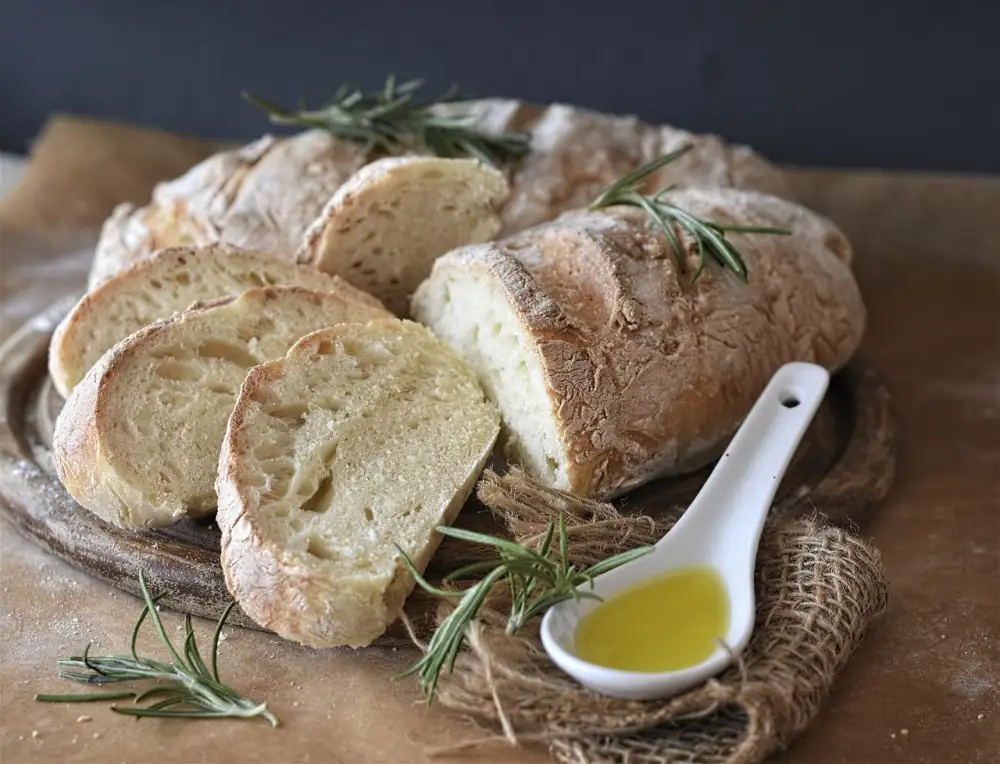Mastering Culinary Magic: Unleashing the Power of a Convection Oven in Your Home Kitchen

Convection ovens are a game-changer in the world of cooking, offering a more efficient and effective way to prepare meals. Unlike traditional ovens that rely on radiant heat, convection ovens use a fan to circulate hot air evenly around the food. This constant airflow speeds up the cooking process, resulting in faster and more consistent results. Whether you're baking, roasting, or broiling, a convection oven can help you achieve professional-quality dishes right in your own home kitchen.
How Convection Ovens Work
Convection ovens operate by using a fan to circulate hot air throughout the cooking chamber. This constant airflow helps to distribute heat more evenly and efficiently than traditional ovens, resulting in faster cooking times and consistent temperatures. As the hot air circulates around the food, it removes the cool air surrounding it, allowing for quicker heat transfer and more even browning. The circulating air also helps to reduce moisture loss in foods, keeping them moist on the inside while still achieving a crispy exterior. This convection process is what makes convection ovens ideal for baking, roasting, and even crisping up fried foods.
Benefits of Using a Convection Oven
**Benefits of Using a Convection Oven**
Convection ovens offer several advantages over traditional ovens. One key benefit is their ability to cook food faster and more evenly due to the fan that circulates hot air around the food. This results in shorter cooking times and more consistent results, making convection ovens ideal for busy home cooks. Additionally, convection ovens are energy efficient, as they can operate at lower temperatures while still achieving the same cooking results as traditional ovens. This can lead to cost savings on energy bills over time. The even heat distribution also helps to prevent hot spots and ensures that food is cooked thoroughly without the need for constant monitoring or rotating of dishes. Overall, using a convection oven can help elevate your cooking game and make meal preparation more efficient and enjoyable.
Tips for Cooking with a Convection Oven
**Tips for Cooking with a Convection Oven**
1. **Adjust Cooking Time and Temperature:** Since convection ovens cook food faster and more evenly, it is advisable to reduce the cooking time by 25 degrees Fahrenheit compared to traditional recipes. Keep an eye on your food as it may cook quicker than expected.
2. **Use Low-Sided Cookware:** Opt for shallow pans or baking sheets to allow the hot air to circulate around the food effectively. This will help in achieving even browning and cooking.
3. **Avoid Overcrowding:** Ensure there is enough space between dishes in the oven to allow hot air to circulate freely. Crowding can lead to uneven cooking and longer cooking times.
4. **Preheat Your Oven:** Preheating is crucial for convection ovens as they heat up quickly, ensuring that your food cooks evenly from the start.
5. **Rotate Dishes:** To promote even cooking, rotate your dishes halfway through the cooking process. This helps in preventing any hot spots within the oven.
6. **Monitor Food Closely:** Due to the faster cooking times of convection ovens, it's essential to keep a close eye on your food towards the end of the recommended cooking time to prevent overcooking.
7. **Use Parchment Paper or Silicone Mats:** To prevent drips or spills from burning onto the oven floor, use parchment paper or silicone mats when baking or roasting in a convection oven.
By following these tips, you can make the most out of your convection oven and enjoy perfectly cooked meals every time!
Cleaning and Maintenance of Convection Ovens
Cleaning and maintaining your convection oven is essential to ensure its optimal performance and longevity. To clean the interior, remove any food debris or spills after each use with a damp cloth or sponge. For tougher stains, mix baking soda with water to create a paste and scrub gently. The removable racks and trays can be soaked in warm, soapy water for easier cleaning. It's important to regularly check and clean the fan blades to prevent any blockages that could affect the oven's airflow. Additionally, make sure to refer to the manufacturer's instructions for specific cleaning recommendations to keep your convection oven in top condition. Regular maintenance will not only extend the life of your appliance but also ensure that your food continues to cook evenly and efficiently.
Comparison Between Convection Ovens and Traditional Ovens
When comparing convection ovens to traditional ovens, the key difference lies in how they distribute heat. Convection ovens use a fan to circulate hot air evenly around the food, resulting in faster and more even cooking. This allows for lower cooking temperatures and reduced cooking times, making them more energy-efficient. Traditional ovens rely on radiant heat that can create hot spots and uneven cooking. While traditional ovens are versatile and suitable for baking, roasting, and broiling, convection ovens excel at producing crispy textures and browning due to the circulating air. Ultimately, the choice between the two depends on personal cooking preferences and needs.
Popular Recipes to Try in a Convection Oven
1. Roast Chicken: A convection oven helps achieve crispy skin and juicy meat by circulating hot air evenly around the bird.
2. Baked Goods: Cookies, pastries, and bread come out perfectly golden brown with a convection oven's even heat distribution.
3. Roasted Vegetables: Enjoy caramelized edges and tender insides when roasting vegetables like carrots, potatoes, and Brussels sprouts in a convection oven.
4. Pizza: Achieve a crispy crust and evenly melted cheese by using a convection oven for homemade or store-bought pizza.
5. Casseroles: Cook casseroles thoroughly and evenly with the help of a convection oven's consistent temperature control.
Experimenting with these popular recipes will showcase the versatility and efficiency of cooking with a convection oven, elevating your culinary creations to new heights.
In conclusion, incorporating a convection oven into your home kitchen can truly elevate your culinary experience. The even heat distribution and faster cooking times allow for more efficient meal preparation without compromising on taste or quality. By mastering the art of cooking with a convection oven and following the tips provided, you can unleash the full potential of this powerful kitchen appliance. Experimenting with popular recipes tailored for convection ovens will further expand your culinary repertoire and inspire creativity in the kitchen. Embrace the magic of convection cooking and enjoy delicious meals with ease and precision.
Published: 10. 05. 2024
Category: Home



